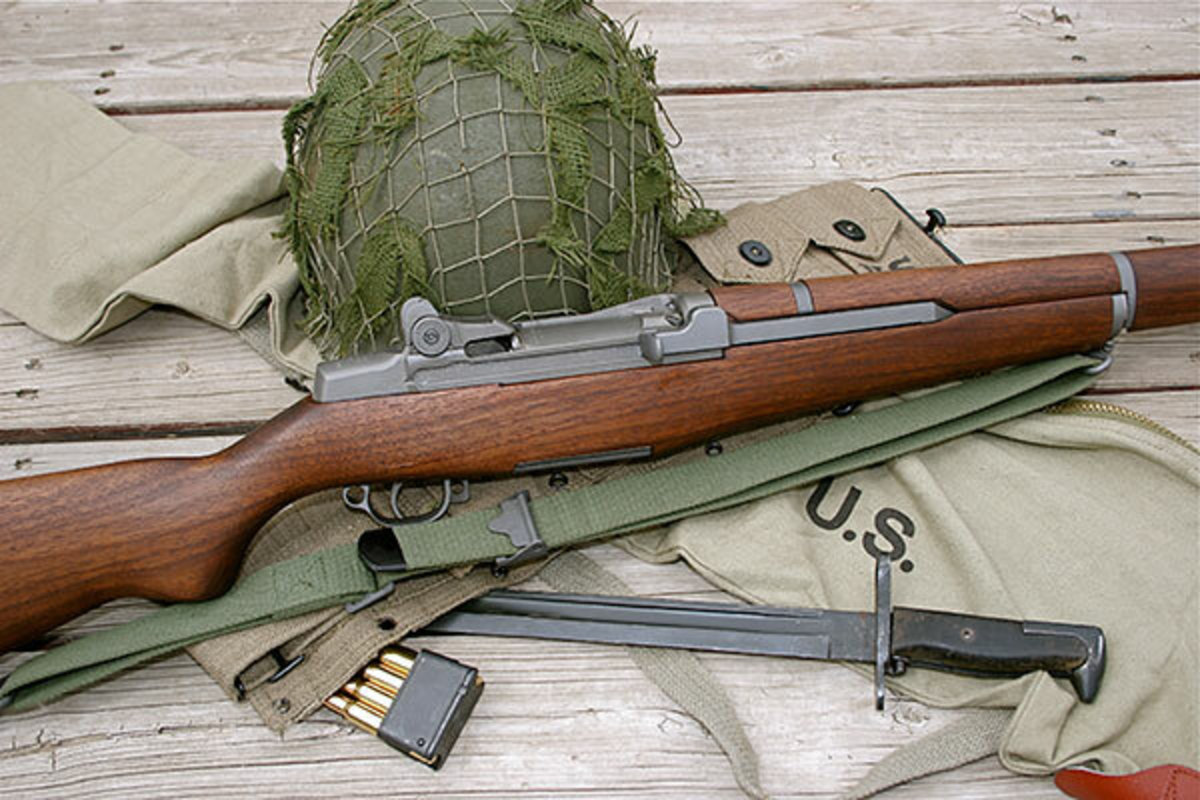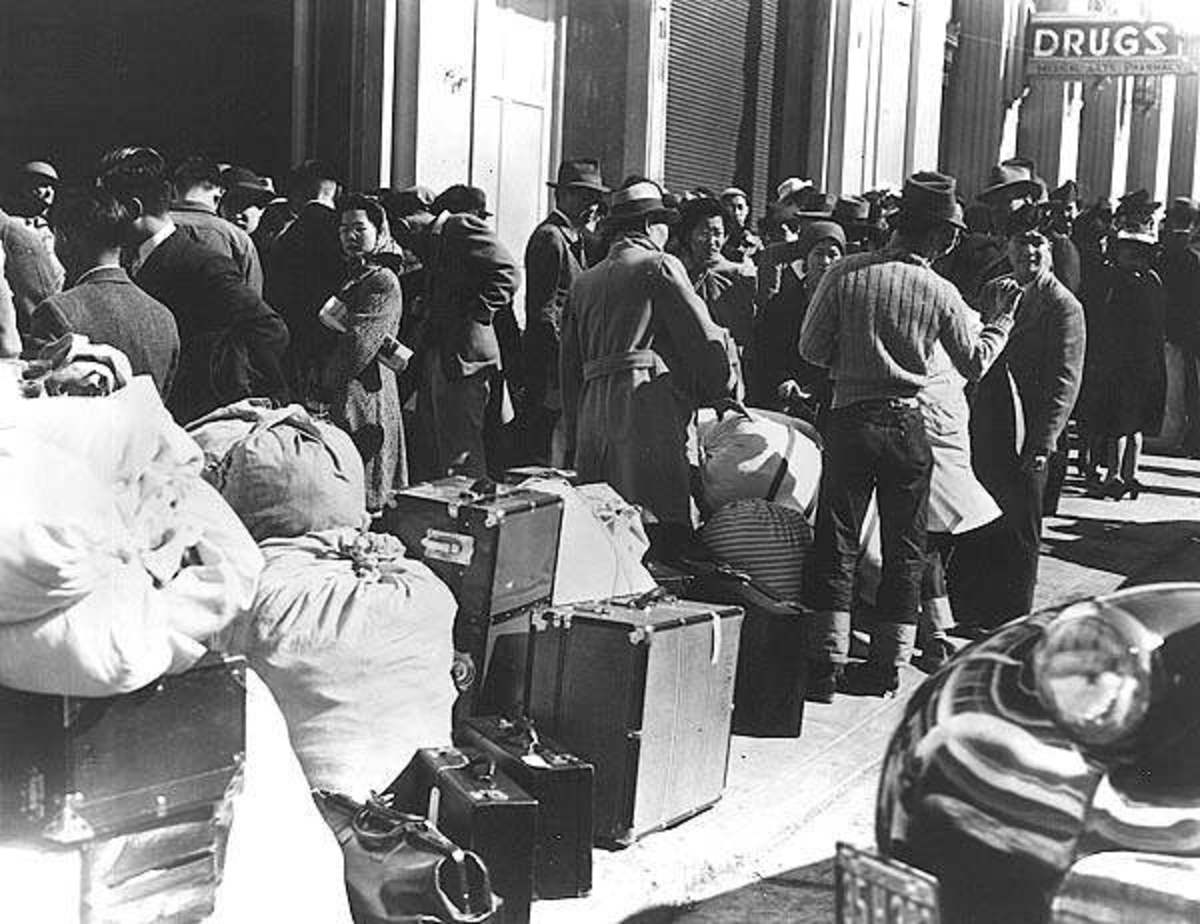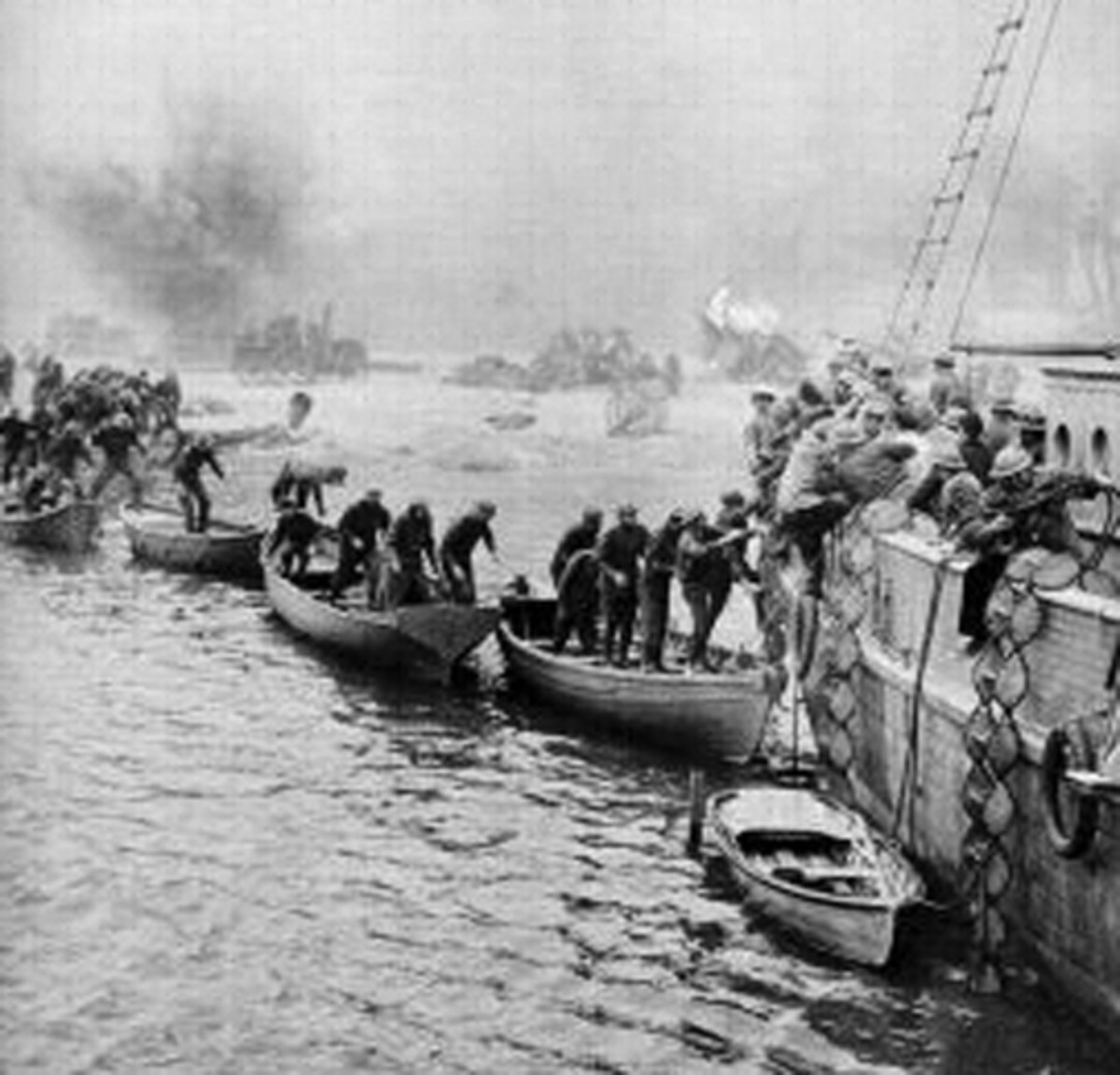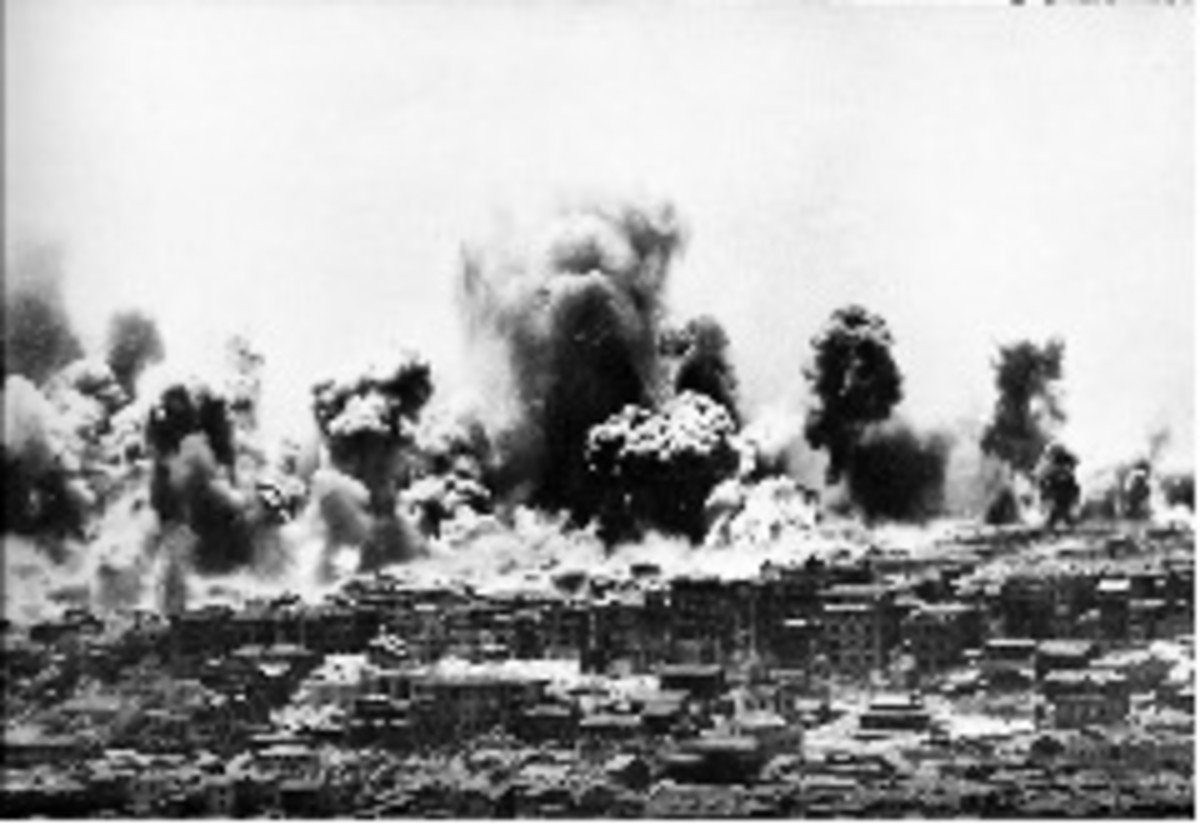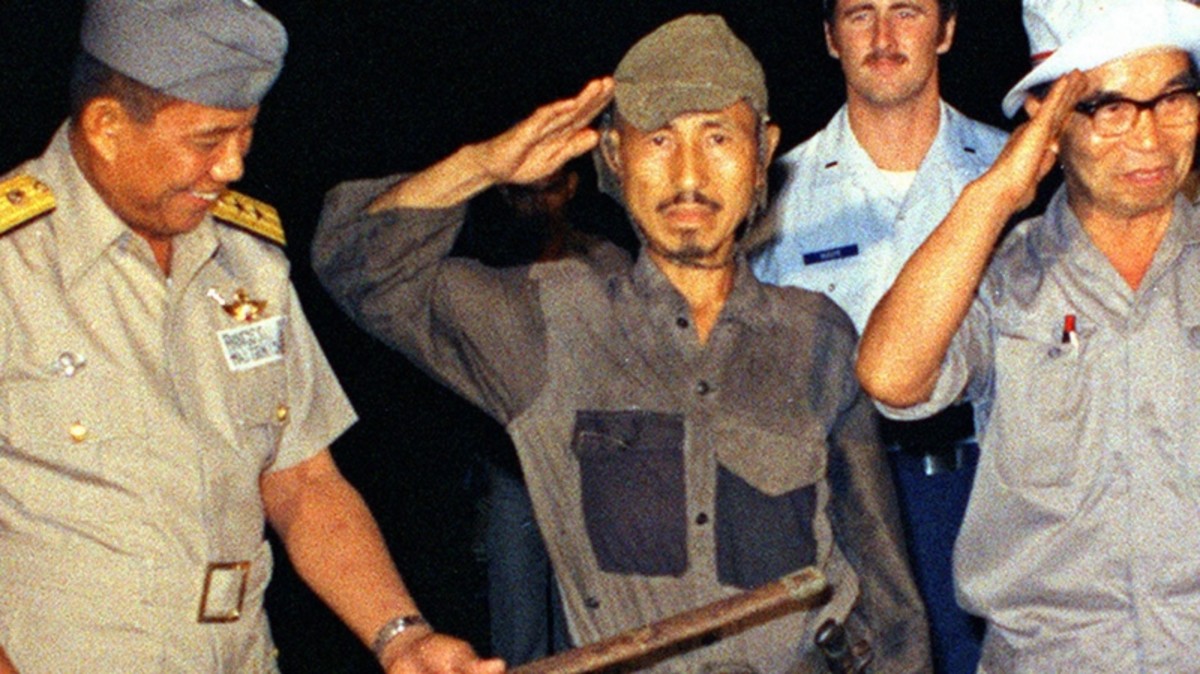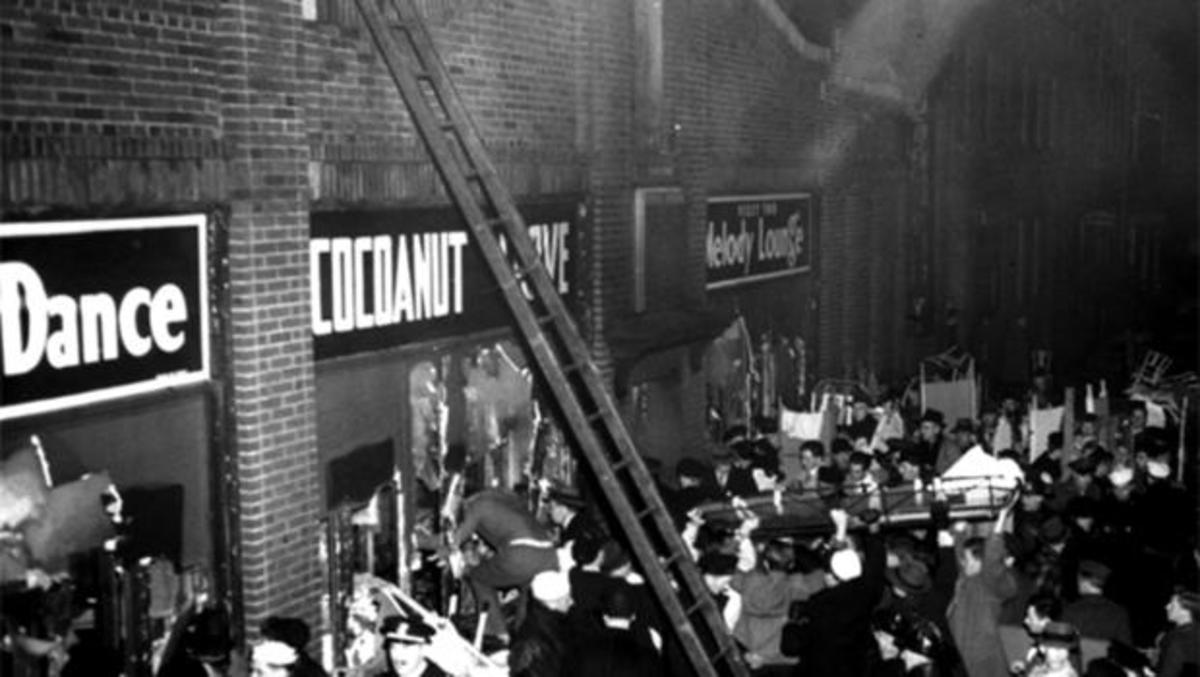The Saga of the Second World War
World War Two
The seeds of the second world war were rooted in the first world war. After Germany's defeat, the German Chancellor was forced to accept US President Wilson's "14 Points". The treaty of Versai (1919) forbade Germany to build submarines or fighter planes. These restrictive rules, combine with the humiliation of defeat, was the beginning of great animosity on Germany's part toward Britain, France and the United States.
Japan, in the meantime, propelled by new technologies they had gained or developed during the first war, was becoming a force to be reckoned with. They had been thrown unwillingly into world events during the war and their traditional isolationist policy was abandoned. They commenced building up their military at a rapid pace and began fighting China intermittently starting in 1931.
The United States, Britain and France were alarmed by Japan's sudden military build-up and so they used sanctions to force the Japanese to stop weapons production. This dishonor caused deep emnity in Japan, fostering deep anti-English/American/French sentiment.
Back in Germany, the Nazi party came into power in the early 1930's using anti-Soviet (As well as anti Britain and US) sentiment as a platform to gain dominance. Adolph Hitler became Chancellor of Germany in 1934 and quickly became the Fuhrer(Absolute ruler for life.) He was reckless and ambitious (and insane) and immediately began defying the Treaty of Versai by ordering Heinz Ankle to begin rebuilding their military. He soon began the atrocities that would become known as the Holocaust!
In 1937, the Sino-Japanese war began in earnest when Japan invaded China. Hitler noted that the US and Britain did not intervene. British Prime Minister Winston Churchill and American President Franklin Roosevelt were very mild in their condemnation of the attack. They didn't seem particularly concerned. Hitler deduced that the British and Americas were too distracted and weak (due to the Great Depression) to bother playing policemen of the world. He blatantly tore up the Treaty of Versai and announced plans for aggressive expansion of his newly christened Third Reich.
Hitler formed a short-lived and ill-fated alliance with Soviet leader Joseph Stalin. Hitler didn't like the Soviets but he thought that he'd found a like-minded man in Stalin. Someone ambitious and ruthless who he could manipulate. Although Stalin feared and distrusted Hitler, he would rather have Hitler as an ally than an enemy. Also, Hitler promised Stalin a piece of the global pie, and all Stalin had to do was guard Hitler's rear. Stalin agreed to the pact but would soon regret it.
In 1938, emboldened by the disinterest displayed by America, Britain and France, Hitler began his campaign for global dominance. In 1938, he invaded Poland. The world was aghast at this sudden act of hostility and most nations condemned the attack but Hitler was not intimidated. Britain and France declared war on Germany. This began a political chain reaction that would draw in many nations and grow into a massive European war.
Hitler made a series of lightning strikes and the Nazis effectively dominated the early days of fighting. Stalin guarded Hitler from a rear attack. However, Stalin began to fear Hitler's increasing power. Also, Hitler was claiming areas he'd promised to give to Stalin as a reward for guarding his back. Stalin knew he couldn't trust Hitler, and so the Soviets began moving troops in the 'Buffer Zone' (a neutral area between Nazi and Soviet forces), claiming them for the USSR and preparing for a possible attack by the Nazis.
Although Hitler's short alliance with Stalin was falling apart, Hitler and the Reich were in the process of securing a new ally, one who had a similar hatred for the USA and England. He focused on a Japanese alliance!
Hitler's Foreign Minister Von Ribbentrop was an old school chum of Japanese Ambassador Oshima, and used this relationship to begin negotiations for what would become a German/Japanese alliance in 1940.
, Hideki Tojo (the Japanese Prime Minister) was against an alliance with the untrustworthy Hitler. However, when Japan was forced out of Manchuria, Japan's influential military leaders (Spearheaded by powerful Admiral Chuichi Nagumo, who many saw as the real leader of Japan) realized that they could learn quite a lot from the ruthless Nazis, who were doing amazingly well in their European war, despite being outnumbered. They pressured Tojo into ratifying the alliance. A formal treaty was signed between the two nations, which began a union that would became known as "the Swastika and the Sword".
Hitler had dismissed his alliance with Stalin at this point, infuriated by Stalin's incursions into the 'Buffer Zones'. He began plans to make Stalin and the Soviets suffer. He hoped that the Japanese would be useful in this endeavor, because they had made no secret of the fact that they wanted to win back certain areas that had fallen under Soviet rule.
Hitler outlined his grand scheme to Tojo and Nagumo. He called it "Project Orient". The plan was to attack the enemy from two fronts, heading toward a specific goal. Germany would sweep in through Africa, while Japan would fight its way through Asia, and they would ultimately met in India "the Crown Jewel" of British colonialism. A secondary objective would be to grab the oil fields of the middle east, givng them a strangle hold on the world's petroleum supply. Once they controlled most of the world's fuel, it would only be a matter of time until the enemy could no longer continue the fight.
Japan stunned Hitler by suggesting a triple alliance with the USSR. That was the last thing Hitler expected to hear. (Although its a popular belief that the Nagumo was planning to double cross the Soviets.) Hitler would not agree to resume his broken alliance with Stalin, especially since Winston Churchill's efforts to form an alliance between Britain and Russia had caused extreme paranoia in Hitler. Hitler was already planning to take whatever he wanted from the Soviets by force.
Things were looking good for Germany and Japan in 1940. They had formed an new alliance with Italy, led by Benito Mussolini. France had fallen, and England was suffering greatly from 'the Blitz'. (Equally as many civilians in London were being killed as were front line soldiers.) Germany began a premature celebration.
Meanwhile US President Roosevelt was covertly sending American ships to the Atlantic to protect unarmed British vessels. When the Germans sank an American ship, tensions began to rise. But America was still in the midst of the Depression and its citizens weren't looking for a war.They only wanted jobs.
The paranoid Hitler was very worried about possible US intervention. He feared that if America recovered from its economic woes, it could become a hindrance and upset the balance of power. He wanted them dealt with but he didn't want to divert his own troops to do so, thus he finessed his allies into doing his dirty work.
Hitler reminded Nagumo and Tojo of past American interference, and added that Japan could never be the undisputed dominant power in the Pacific as long as the American fleet existed. He successfully convinced the Japanese to attack America.
As Nagumo prepared for the now infamous attack, Tojo decided to prevent the possibility of a Soviet attack on Japan by signing a non-aggression treaty with Stalin. Hitler was furious and thus jump-started his plans to deal with Stalin and the Soviets. He invaded Russia, thus creating a two-front war for Germany (A disastrous strategic move that probably cost him the war.)
On December 7th, 1941, the Japanese air force attacked the US Naval fleet at Pearl Harbor in Hawaii. It was a devastating ambush, masterminded by Nagumo. The following day, while America was still reeling from the attack, Adolph Hitler announced to the world that Germany was declaring war against America. (This was the first and only time that Hitler made an official declaration of War.)
President Roosevelt addressed the nation, giving his now legendary "A day that will live in infamy" speech, and announced that America was now at war.
Germany and Japan continued to share resources and technology via sea routes. They couldn't go by air because that would take them over Soviet airspace. Any German planes would be shot down if they tried. And as for the Japanese, they didn't want to break the treaty with the Soviets. (At least, not yet.) Mussolini remained the junior partner in this alliance but he still made a considerable contribution to the "Axis of Evils" war effort.
Having failed to swiftly conquer Russia as he'd expected to do, Hitler was now mired down in a costly war in Siberia, where the weather worked to the disadvantage of he Nazis. Stalin and his adivsors were determined to hold the line at Stalingrad.
The United States, having rebounded with amazing quickness from the attack that decimated their fleet months earlier, joined the "Allied Forces" and became a major player in the war, starting in 1942. "Operation Torch" in North Africa was the first offensive the United Stated launced against the Germans. It didn't go very well for the Americans. Similarly, their early air attacks on Japan did little damage. Like Germany, America was technically in a two-front war, facing Nazi U-boats in the Atlantic and the Japanese fleet in the pacific.
Japan tried more attacks on the United States which were far less successful than the Pearl Harbor assault. Several torpedo attacks were launched off the Pacific shore of the United States. Also, the Japanese tried their interesting but ineffective 'Balloon Bomb' strategy. (Bombs placed in hot air balloons were launched from Japanese ships at sea and carried over the US main land by the jet stream.) Not a single person was killed in this unique offensive.
Germany and Italy had also made plans to attack America but none of them ever reached fruition, except for a German U-Boat boat destroying a freighter in New York Harbor.
General Dwight D. Eisenhower was appointed head of the US armed forces and was, for all intents and purposes, running the war for the ailing President F. D. Roosevelt (FDR had polio. He would die before the war ended.) General Omar Bradley was in charge of the European Theater of War while General Douglas MacArthur oversaw operations in the Pacific.
The war began to turn against Germany and Japan in June 1942. The Island of Madagascar was heavily sought by both sides. Its the fourth largest island in the world, off the coast of Africa and was vital to retaining dominion of the Indian Ocean. The Axis needed it to cut off the Allied forces from Australia and India. A joint German/Japanese naval force was organized to take the Island. However, the Japanese hesitated at the last minute, threatening to pull out all their ships for fear that a united operation with Germany (their first teaming in the field) would cause the Russians to believe that the Japanese were betraying them. The Japanese didn't want to deal with the Russians as well, at this point.
Ultimately, the Germans convinced them to leave a handful of ships in the combine fleet (although they pulled out most of their forces) making this the only combine German/Japanese offensive of the war. However, this delay allowed the British fleet to reach the Port of Diego Garcia. which enabled them to repel the German/Japanese fleet.
Around the same time, over-confident Japanese fleet commander Isoroku Yamamoto committed the bulk of his Pacific fleet to taking the Midway Islands. However, the US had intercepted and deciphered the code, forewarning them of what was coming. They were waiting when the Japanese arrived. Despite being outnumbered, the Americans won a vital victory over the Japanese fleet at Midway, sinking a large portion of the Japanese fleet and killing most of its best commanders. Yamamoto's fleet was routed. The defeat was humiliating and morale in Japan sank down very low.
Nagumo, who had planned both Midway and Pearl harbor, later admitted that it was a mistake to attack America. He said "We awoke a sleeping giant and filled it with a terrible resolve!" From this point on, Japan would fight a mainly defensive war, giving no further aid to the Germans. Most of the damage they did after Midway was in the nature of Kamikaze attacks by small planes against American ships.
German General Von Bach had a plan to take over the Panama Canal but the idea was doomed due to politics. Nazi Army General Herman Goerring and Naval Admiral Dornitz had a bitter rivalry going that made them work against each other, each one trying to outdo the other and grab some glory. Many Nazi plans were ruined in this way.
Hitler was so obsessed at this point with holding Stalingrad that he couldn't think about anything else. He diverted necessary forces away from other campaigns to try to salvage the war on the Russian Front which was turning against him. His advisors tried to tell him that this was a great error but Hitler was notorious for not listening to his own generals and consellors.
The US developed the B-29 "Flying Fortress", a large, heavily armed plane. The B-29 fleet, led by Curtis LeMay, began an effective campaign of fire bombings over Tokyo. Since most of the city was still constructed of wood at the time, the fires did horrible damage to Tokyo. 100,000 Japanese citizens were killed and millions more were left homeless. The economic damage caused by the fire bombings crippled the Japanese economy, effectively ending their ability to rearm. US and British ships made it impossible for Germany to send supplies or weapons to aid Japan.
In 1943 Italy fell (A piece at a time) and Mussolini was ousted. Germany was now the main target of the Allied forces. British Field Marshall Bernard Montgomery had successfully driven the Germans out of Africa. And so the Nazis began their slow retreat across Europe, back to Germany.
In 1944, the Axis came up with an idea to instigate an Indian mutiny against Great Britain, using a German soldier named Chancellor Boest. Boest had become a local folk hero for the downtrodden Indians who were still struggling to get free of the yolk of British authority. (The great Gandhi had devoted his life to freeing India from British sovereignty.) Boest had helped the Indian with acts of rebellion against the British. Now he was trying to start a full-scale Indian mutiny. Japanese soldiers were sent to help in the battle. (They were called "the Tiger Legion".)
The British negotiated with the Indian Royalty and convinced them not to revolt by freeing India from 100 years of British rule. Once free, the Indians lived up to their promise and helped the British to expel the Tiger Legion. Boeth tried to escape but his plane crashed and he was killed.
In 1945, an increasingly desperate Hitler gave up his Moscow campaign. Almost immediately, the vengeful Soviets joined with the Allied Forces and began attacking the besieged Germans. The invasion of Germany had begun.
In May 1945, the Soviet Army, along with American forces led by General George Patton, fought their way across Germany and into Berlin. The Soviets devastated the German capital out of anger for what had been done to Stalingrad. The Nazi army crumbled. Hitler committed suicide. Germany surrendered on May 8th, 1945.
But the proud Japanese, although alone, weak and impoverished, would not surrender. They vowed to fight till the last man, taking as many Americans as they could with them. They held out alone for a few months. Their once allies, the Russians, irate at Japanese support for Germany during the long seige of Stalingrad, attacked the Japanese in Mongolia and Manchuria. But still Japan would not surrender.
The United States finished work on their horribly lethal Atomic bombs. On August 6st, 1945, they dropped an Atom bomb on the city of Hiroshima. It was terrifyingly destructive, devastating the city. Amazingly, the Japanese still would not surrender. A second atomic bomb was dropped on the city of Nagasaki on August 9th. Finally the Japanese announced they were giving up up the fight on August 14, 1945. They officially signed their formal surrrender on September 2, 1945, aboard the USS Missouri. General MacArthur was on hand to accept their surrender. World War Two was finally over.

